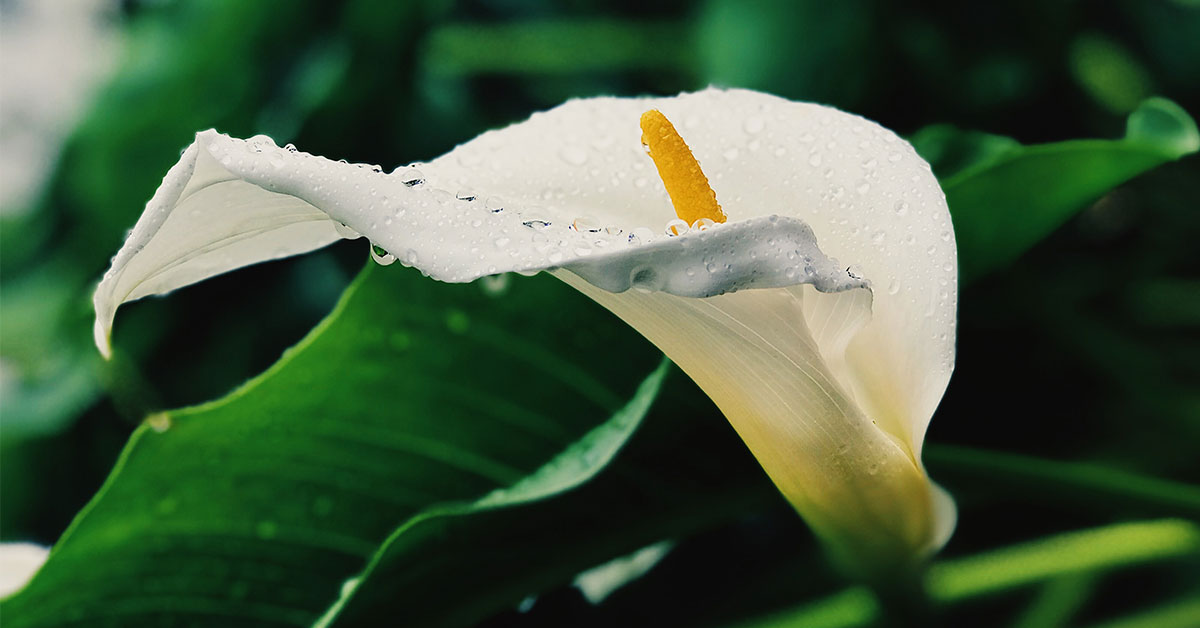Calla lilies are beautiful, elegant flowers that are popularly used in bouquets and as decorative pieces. However, it is not uncommon for calla lilies to droop or wilt. This can be disheartening for gardeners, as they do not want their flowers to lose their freshness and beauty. We will discuss the reasons that cause calla lily drooping and how to prevent it from occurring. We will also discuss the importance of proper care and maintenance of these lovely flowers.
Calla Lily Growing Environment
Calla lilies, with their stunningly beautiful flowers, are a popular choice for a variety of occasions. Unfortunately, these flowers are known to droop quickly after being cut. This is due to a combination of factors. Firstly, calla lilies are quite sensitive to environmental changes. If the temperature is too low or too high, or if the humidity is too low, these flowers will quickly begin to droop.
Furthermore, since these flowers have delicate stems, they are easily damaged if handled too roughly. Lastly, once they are cut, they are no longer receiving the nourishment they need from the ground. This means they will begin to droop soon after being removed from the ground.
Reasons For Calla Lily Drooping
The calla lily droops because of a process known as respiration. During respiration, plants take in carbon dioxide, water, and light and use them to create energy. As the calla lily takes in carbon dioxide and water, its leaves droop as it begins to use the energy it has produced. This process is essential for the plant’s survival as it provides it with the nutrients it needs to grow. Additionally, the calla lily’s drooping leaves also provide it with protection from the sun. Drooping helps the leaves create a barrier to prevent water loss and stay hydrated.
Calla lilies are beautiful flowers that droop when exposed to too much heat or too little water. This drooping effect is the result of the plant’s natural defensive mechanisms to protect itself from environmental stress. When exposed to extreme temperatures, the water in the plant’s cells evaporates, causing the leaves and flowers to droop. In addition, when the plant is deprived of water, the drooping is due to the loss of turgor pressure, which is the pressure exerted by the water in the cells when the plant is adequately hydrated. For calla lilies, drooping is a sign that the plant needs more water or cooler temperatures.
Diseases And Pests
Calla lilies are susceptible to several pests and diseases that can cause drooping. Common pests include aphids, thrips, and mealy bugs, which can suck the sap out of the leaves and flowers and stunt the growth of the plant. Fungal diseases, like Fusarium, Rhizoctonia, and Botrytis, can be spread through overwatering or too much humidity. These diseases can cause the flowers and foliage to wilt, discolor, and die off. Proper soil drainage, avoiding overcrowding, and keeping the area clean and free of debris can help to prevent the spread of pests and diseases and help keep the plant healthy.













